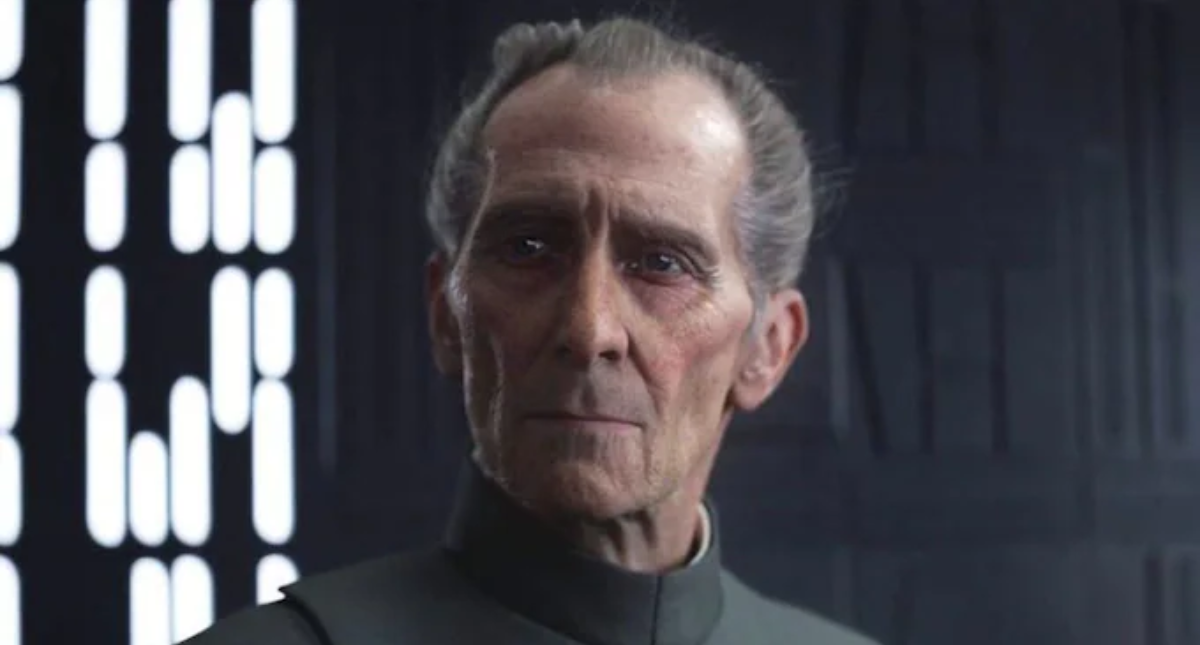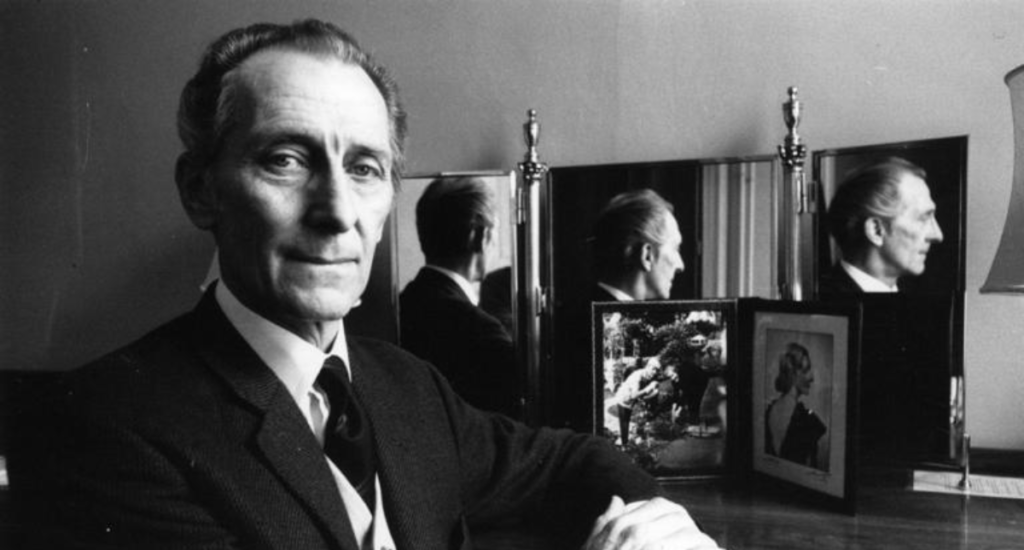
Disney, one of the biggest entertainment companies in the world, finds itself in the middle of a major legal battle.
The controversy stems from the use of a dead actor’s image in a Star Wars spin-off movie. The actor in question, Peter Cushing, passed away in 1994, but his image was digitally recreated for the 2016 film Rogue One: A Star Wars Story.
The use of Cushing’s likeness without proper permission has led to a lawsuit against Disney by Tyburn Film Productions, a London-based film company.
This lawsuit has sparked a debate about the ethical and legal implications of using deceased actors’ images in films, raising questions about intellectual property rights, contracts, and the boundaries of digital effects in modern cinema.
Disney Sued Over Use of Dead Actor’s Pictures in Star Wars
The legal battle between Disney and Tyburn Film Productions revolves around the use of the late actor Peter Cushing’s image in Rogue One: A Star Wars Story.
In the film, Cushing’s character, Grand Moff Tarkin, was brought back to life through advanced special effects.
This was done by digitally altering actor Guy Henry’s face to resemble Cushing’s iconic portrayal from the original 1977 Star Wars movie.
However, Tyburn Film Productions claims that this digital recreation violated a contract made with Cushing before he died in 1994.
Engaged in Italy! Justin Theroux and Nicole Brydon Bloom Share Big News!
The film company argues that it had the legal right to veto any reproduction of Cushing’s image using special effects, a clause that was allegedly included in a deal with the actor for a TV film that never materialized.
Tyburn Film Productions is now seeking legal action, claiming that Disney, Lucasfilm, and Lunak Heavy Industries, which produced the original Star Wars films, have unjustly benefited from the use of Cushing’s image without their permission.
The case has gained significant attention due to the increasing use of digital recreations of deceased actors in modern films, sparking conversations about the ethics of such practices.
The Legal Basis for the Lawsuit
Tyburn Film Productions’ lawsuit against Disney hinges on a contract that Peter Cushing allegedly signed before his death.
According to Tyburn, this contract granted them the right to control any reproduction of Cushing’s image, particularly through the use of special effects.
The company claims that this agreement was made for a TV film that never got produced, but it still gives them legal standing to prevent unauthorized use of the actor’s likeness.

Disney and its subsidiaries, including Lucasfilm, argue that they did not need additional permission to recreate Cushing’s image.
They believe that their rights to the original 1977 film covered the use of his likeness in Rogue One. However, Tyburn Film Productions disagrees and is pursuing the case in court.
The legal proceedings have been ongoing, with a judge recently ruling that the case should go to trial, despite Disney’s attempts to have it dismissed.
This case could set a significant precedent for how intellectual property rights and digital recreations of deceased actors are handled in the future.
The Ethics of Using Deceased Actors’ Images
The lawsuit against Disney has sparked a broader conversation about the ethics of using deceased actors’ images in films.
With advancements in digital technology, it has become increasingly common for filmmakers to digitally recreate the likeness of actors who have passed away.
While this allows for the continuation of beloved characters, it also raises ethical concerns.
One major issue is the question of consent. Can a deceased actor truly consent to having their image used in a film?
Even if there are legal agreements in place, some argue that using a deceased person’s likeness in a way they never explicitly agreed to is unethical.
Additionally, there is the concern of how these recreations impact the legacy of the actor. Digital recreations may not always capture the full essence of the original performance, leading to portrayals that feel artificial or disrespectful.
This ethical dilemma is at the heart of the lawsuit against Disney. While the company may have had the legal rights to use Cushing’s image, Tyburn Film Productions and others believe that the ethical considerations should have been taken more seriously.
The outcome of this case could influence future decisions about the use of digital recreations in Hollywood.
Britney Spears Drops Hints About Secret Project—It’s Not What You Think!
The Future of Digital Recreation in Film
As the lawsuit against Disney progresses, many are looking to the future of digital recreation in film. The ability to bring deceased actors back to life on screen offers exciting possibilities for filmmakers, but it also comes with significant challenges.
The Rogue One case highlights the need for clear guidelines and legal frameworks that address the use of digital recreations, particularly when it comes to intellectual property rights and contracts.
Moving forward, it is likely that more actors will include clauses in their contracts that specify how their likeness can be used after their death.
This could help prevent legal battles like the one between Disney and Tyburn Film Productions.
Additionally, the industry may need to develop ethical guidelines for digital recreation, ensuring that the technology is used responsibly and respectfully.
As technology continues to evolve, the use of digital recreations will likely become more common. However, the legal and ethical issues surrounding this practice will also become more complex.
The outcome of the lawsuit against Disney could play a crucial role in shaping the future of digital effects in Hollywood, setting a precedent for how the industry handles the likeness of deceased actors.
